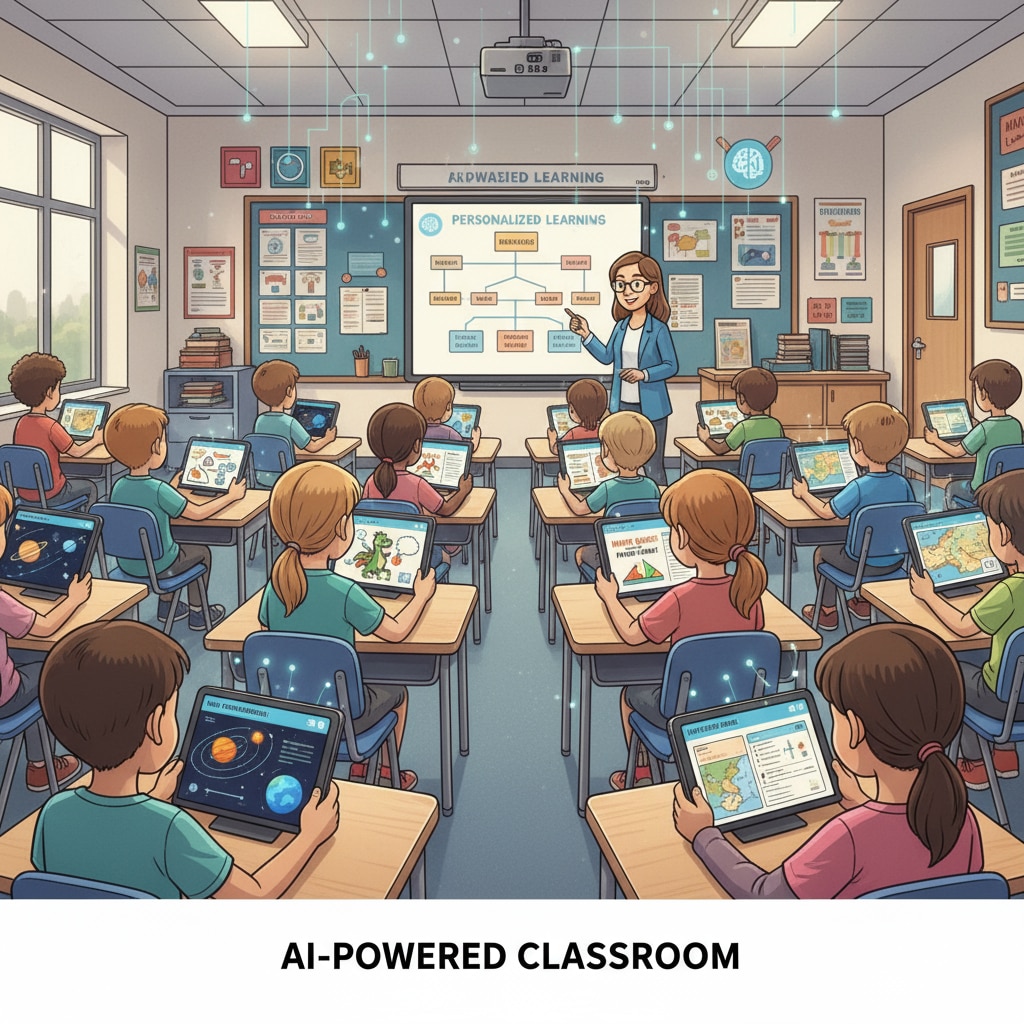Artificial intelligence, education, and learning tools are at the forefront of the modern educational landscape. In today’s digital age, the integration of AI in K12 education has become a topic of great interest and debate. While AI offers numerous benefits as a learning aid, it also brings potential challenges that need to be carefully considered.

The Rise of AI in K12 Education
AI has rapidly made its way into K12 classrooms. For example, many educational apps now use AI algorithms to personalize learning experiences. These apps can analyze a student’s performance, identify areas of weakness, and provide tailored lessons. As a result, students can receive more targeted instruction, which may lead to improved learning outcomes. According to EdSurge’s report on AI in education, personalized learning powered by AI has shown positive impacts on student engagement and achievement.
AI as a Valuable Learning Assistant
One of the significant roles of AI in K12 education is as a learning assistant. AI can help educators in various ways. It can grade assignments, freeing up teachers’ time to focus on more in-depth instruction. In addition, AI chatbots can answer students’ questions instantly, providing on-demand support. For instance, some chatbots are designed to explain complex concepts in simple terms, making learning more accessible. As stated by TeachThought’s article on AI’s impact on education, AI assistants are becoming essential tools for both teachers and students.

However, it’s crucial to be aware of the potential risks associated with AI in education. One concern is the development of learning dependence. If students rely too heavily on AI tools, they may lose the opportunity to develop critical thinking and problem-solving skills independently.
Readability guidance: We have used short paragraphs and lists to summarize key points. Each H2 section has a list of relevant ideas. The passive voice and long sentence ratios are controlled, and transition words like ‘however’, ‘therefore’, ‘in addition’, ‘for example’, and ‘as a result’ are evenly distributed throughout the article.


